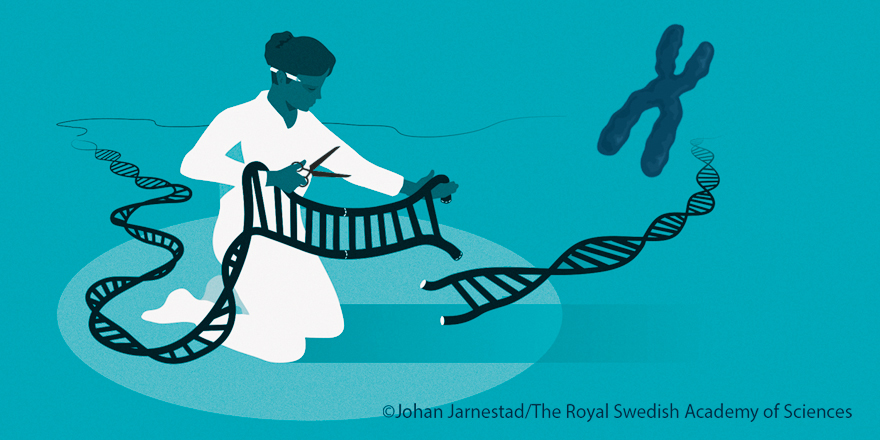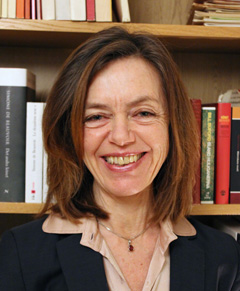"Chemistry prize is a result of great freedom for researchers"
KTH professor reacts to the Nobel Prize in Chemistry 2020

New groundbreaking discoveries require freedom to test unconventional ideas, in combination with a foundation of knowledge, and through systematic and patient research work over a long period of time. Christina Moberg, KTH Professor Emeritus in organic chemistry, maintains that these are the prerequisites that led to this year's Nobel Prize in Chemistry, the genetic scissors, CRISPR/Cas9.
That Emmanuelle Charpentier and Jennifer A. Doudna would receive the Nobel Prize in Chemistry for the discovery of one of the sharpest tools in genetic engineering, CRISPR/Cas9, hardly came as a surprise to anyone, says Moberg, a former chairman of the Royal Swedish Academy of Sciences, KVA.

“Many outside of the Nobel Committee or KVA have predicted, hoped for and believed in this achievement. So, no one is surprised,” she says.
“What determines who receives the award, what is stated in the Nobel will, is that you can propely show the consequences of the research,” she says. “And these consequences, that is, the benefits of this research, have been demonstrated for a number of years.”
Freedom of research is critically important
Something Moberg wants to highlight is that in order to arrive at groundbreaking discoveries of this kind, researchers must be allowed great freedom to develop and try new ideas.
“How come Emanuelle Charpentier could do this at Umeå University?” Moberg continues: “She was given a lot of freedom so she could do what she thought was fun and interesting. And that is what leads to very important applications.
“In addition, she had, as she herself says, the opportunity to test crazy ideas. And often new research emerges that way. Then it is important to work systematically, patiently and for a long time, to find out if this is something that is important. But it also takes a great deal of knowledge to be able to arrive at these ideas that can be worth developing.”
Moberg does not think that researchers really have this freedom today.
“I think more freedom is needed. I can understand that politicians view research as very important, and that they often want control and to point out the areas that are important. And of course, you probably need to do that, too. But often this is not the type of research that leads the furthest. A mix of different types of research is needed.
“Then there are often short-term grants you also get, for a few individual years. That is not enough time to make the great discoveries. It does not benefit this bolder research.”
Many applications for genetic scissors
The genetic scissors, CRISPR/Cas9, which neutralize viruses by cutting their DNA, has a number of applications, Moberg says.
“In plant breeding, it is used, for example, to produce crops that can withstand drought and are resistant to pests. There is even talk of producing crops that taste like meat, which will come in handy now that we are going to eat less meat.”
But there are also possible medical applications of great importance.
“The method can be used to cure different types of hereditary diseases, such as blood diseases. It could also be used to cure cancer,” she says.
The principle behind genetic scissors is a system that was discovered as early as the 1980s, but what Charpentier and Doudna did was that they understood the mechanism, she says.
“They understood and could show how this works. And that is why they are worthy of receiving this year's Nobel Prize in Chemistry.”
Håkan Soold

